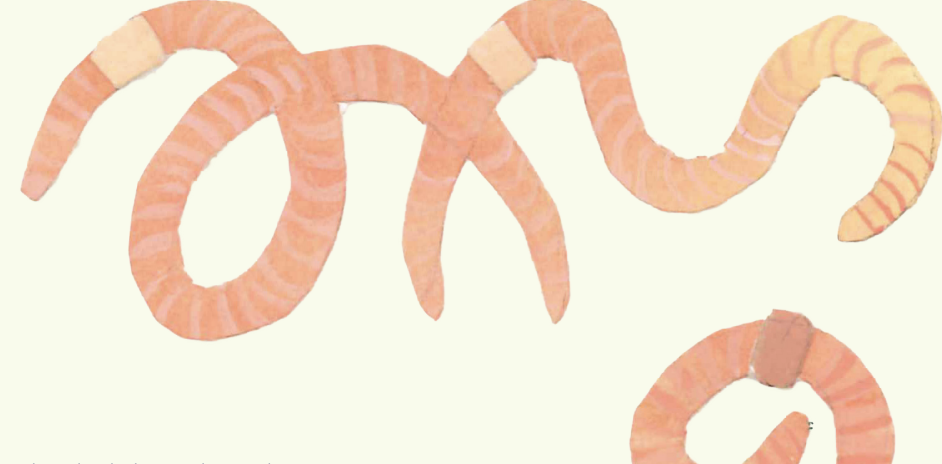Often neglected, and even killed, worms play a vital role in sustaining ecosystems. Photo credit: Poppy Williams, The Oxford Scientist
The wave-like motion in which worms move is what makes ecosystem engineering possible.
The unassuming earthworm is a crucial species in maintaining the health of our soil. By boring their way through the earth, worms allow for aeration, improved soil structure, and nutrient cycling. Nutrient cycle is the process of soil-dwelling creatures breaking down organic matter (such as leaves), thereby making key nutrients (including nitrogen and phosphorus) available to plants. This not only allows plants to grow, but also provides a habitat for other soil-enriching species, such as insects, to live in. The wave-like motion in which worms move is what makes this ecosystem engineering possible.
The common earthworm (Lumbricus terrestris) is a member of Annelida, a diverse phylum that also includes leeches and polychaetes (such as sandworms). Not all annelids are adapted for a subterranean life, but they all share characteristic soft, segmented, and elongated bodies.
Unlike the bony skeletons of vertebrates, annelids have hydrostatic skeletons consisting of pressurised coelomic liquid (water and other components such as proteins that facilitate life’s reactions) within the body cavity—the “coelom”. Each segment of an earthworm’s body consists of a section of the coelom, and two antagonistic muscle types, which oppose the action of each other: circular muscles and longitudinal muscles. Importantly, clusters of nerve cells (ganglia) allow each segment of the worm to work independently.
To move forward, worms perform a repeated series of movements producing the characteristic “wiggle” motion. First, they extend their “setae” (bristles) forward, anchoring the head region by gripping the soil. The circular muscles and longitudinal muscles then rhythmically relax and contract in alternation. This motion is passed along the whole body in a wave called “peristaltic locomotion”.
Worms quickly react to chemical signals such as pesticides or mechanical stimuli by stopping their forward movement. They can even move backwards by generating waves in the opposite direction at any section along the lengths of their bodies: anti-peristalsis.
Earthworm species are specialised ecosystem engineers—organisms that greatly modify their habitat—and have three main ecological niches (i.e., roles) within the ecosystem. Epigeic species live in the uppermost layer of soil (known as “topsoil”) and decompose leaf litter, acting as living composters that allow nutrients to be cycled through the soil and re-absorbed by other plants. Anecic species dig vertical burrows within the soil, allowing water and gases to freely move. Finally, endogeic species live at different depths and, through boring into the soil, make minerals easily accessible to plant roots.
So, appreciate the worm…
Soil health is highly variable between different habitat types. To manage this ecosystem, abiotic (environmental) factors such as pH and rainfall also need to be finely balanced to complement the soil type of the area. Earthworms are one part of this large, complex web of different biological and environmental forces that affect soil composition, helping to sustain plant life and all animal life in turn. Worms are the intermediary, unlocking all of the valuable nutrients in leaves and organic material into accessible forms for plants to take up and fuel their growth.
So, appreciate the worm, and how the behaviour of one unassuming animal can quite literally transform a whole ecosystem.





